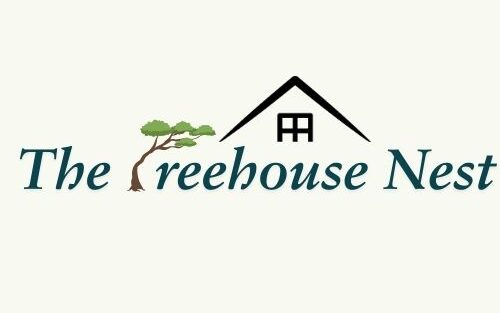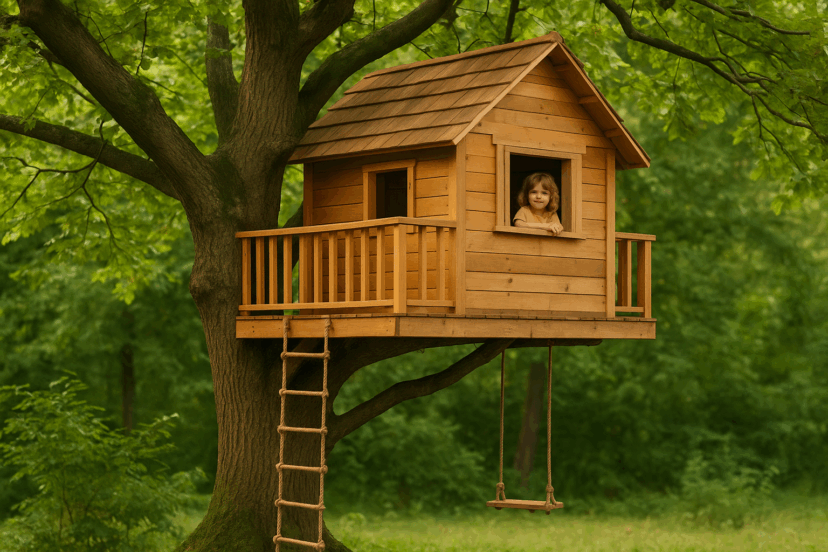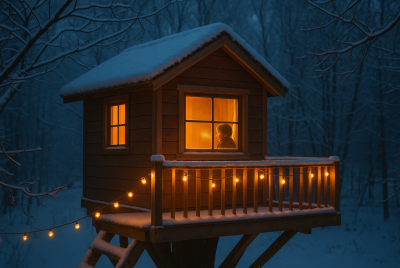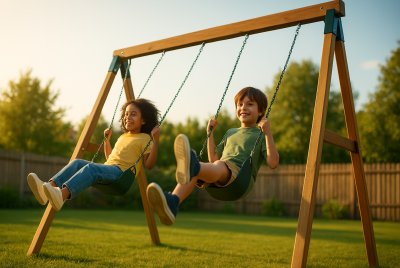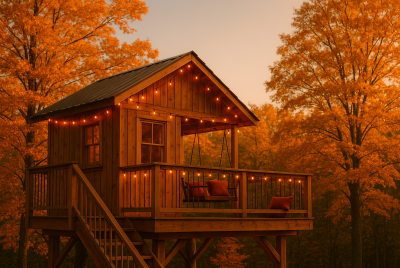How to Choose the Perfect Tree for Your Treehouse
We may earn a commission for purchases made using our links. Please see our disclosure to learn more.
Building a treehouse starts with one major decision: picking the right tree. While it may seem as simple as finding a big tree in your backyard, there’s a lot more to it. The treehouse itself is only as strong and safe as the tree that holds it up. That’s why this guide will walk you through the process of choosing the perfect tree—one that supports your imagination and your weight.
Introduction – Why the Right Tree Matters
Choosing a tree isn’t just about aesthetics. It’s about safety, durability, and even legal compliance. Your dream treehouse will only last as long as the tree it rests on. An old, rotting tree might look charming, but it could pose a serious hazard. With the right knowledge, you can ensure your project stands strong for years to come.
What Makes a Treehouse Tree “Perfect”?
Strength and Stability First
At the core of any safe treehouse is a strong trunk and a wide base. Trees with deep roots and thick trunks are ideal. A general rule of thumb: aim for a trunk that’s at least 12 inches in diameter. The tree must be able to bear static weight (the treehouse itself) and dynamic weight (people moving inside it).
Size and Height Considerations
You might dream of a high-up escape among the treetops, but practicality should guide you. Trees between 10 to 20 feet off the ground provide enough elevation for a fun experience without making construction dangerous. Balance your treehouse height with accessibility, especially if kids will use it.
Tree Species Best Suited for Treehouses
Some trees are just better built for this job. Hardwood trees like oak, maple, and beech tend to offer strength and stability. Softwoods like pine can work, but often require more support framing. Choose a species known for longevity and resistance to pests and disease.
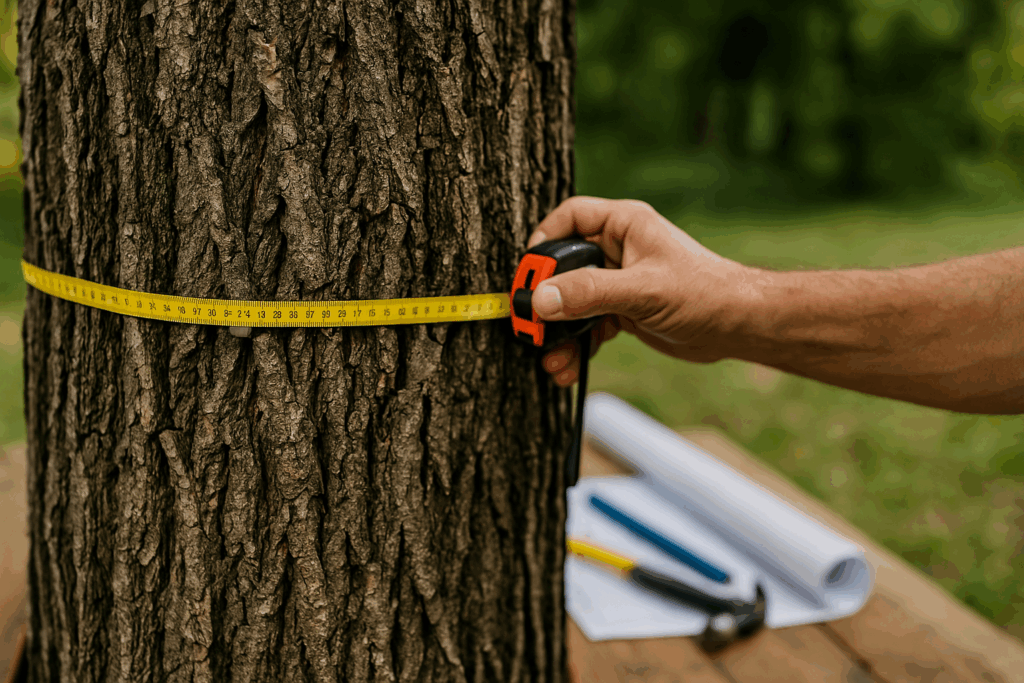
Tree Health: A Non-Negotiable Factor
Signs of a Healthy Tree
A tree’s appearance can tell you a lot. Look for vibrant leaves, a solid trunk with no major cracks, and strong branches. Use a mallet or knuckle to tap the bark—if it sounds hollow, move on. Healthy trees have deep roots, steady growth, and little to no fungal growth around the base.
What to Avoid in a Potential Tree
Skip trees that lean heavily to one side or have signs of insect infestation. Dead branches, rot near the base, or excessive shedding are all red flags. A tree with a split trunk may look unique, but it weakens the structural integrity and increases the risk of failure.
Safety and Support: Planning for Longevity
Structural Support and Load Capacity
Before building, calculate how much weight your treehouse will need to hold. Include the frame, flooring, walls, and people. A typical treehouse should be able to handle at least 500–1000 lbs. Reinforce the build with triangle support systems and tension bolts, and avoid overloading any one limb.
Tree Movement and Wind Factors
Yes, trees sway—and your treehouse will too. This is natural and even healthy for the tree. But you’ll need to account for this movement with flexible mounts and floating brackets. Avoid rigid designs that restrict movement; they can harm both your tree and the structure over time.
Environmental Considerations and Permissions
Eco-Friendly Treehouse Building
Protect the tree as much as possible. Avoid drilling large holes or using materials that will constrict growth. Use TABs (Treehouse Attachment Bolts) that distribute weight without damaging living tissue. Choose sustainable wood and non-toxic finishes to reduce your environmental footprint.
Legal Guidelines and Local Codes
Before you start hammering, check with your local building department. Some areas require permits for elevated structures, even if they’re technically in your backyard. Treehouses near property lines or with plumbing/electricity will almost always require inspection.
Best Treehouse-Supporting Trees (with Examples)
Oak Trees
Oaks are classic treehouse trees. They’re strong, grow large, and live a long time. Red and white oaks are particularly great because of their dense wood.
Maple Trees
Maples offer a nice blend of strength and beauty. Their wide limbs and thick trunks make them great candidates for medium-sized treehouses.
Douglas Fir
This softwood is surprisingly sturdy and grows tall, making it a top pick in the Pacific Northwest. Choose older firs with thick trunks.
Beech and Hemlock
These trees are smooth, tall, and often overlooked. They provide excellent support when properly assessed and maintained.
If you’re dreaming of a treehouse that doubles as a compact retreat, you might also enjoy exploring creative backyard alternatives like a tiny house shed. These structures offer cozy escapes and minimalist living, much like a treehouse—but with the added benefit of ground-level convenience.
Scientific Research That Supports Smart Treehouse Design
Choosing a tree for your treehouse isn’t just a matter of personal preference—it’s backed by real science. Understanding how trees respond to environmental forces and weight loads can help you make smarter, safer decisions.
Tree Biomechanics and Wind Response
A comprehensive literature review on tree biomechanics and dynamics published in Arboriculture & Urban Forestry reveals that the sway and motion of trees under wind pressure depend more on their branch structure and shape than on their internal material strength. This is critical for builders, as it highlights the importance of choosing trees with balanced crowns and deep-rooted trunks.
How Trees Handle Load and Adapt Over Time
In another study published in CAB Reviews, researchers conducted a comprehensive analysis of how trees respond to mechanical loading—including the way trees adapt to stress over time. The study shows that trees respond more to strain (long-term deformation) than short-term stress, emphasizing the need to spread loads evenly and avoid rigid anchor points.
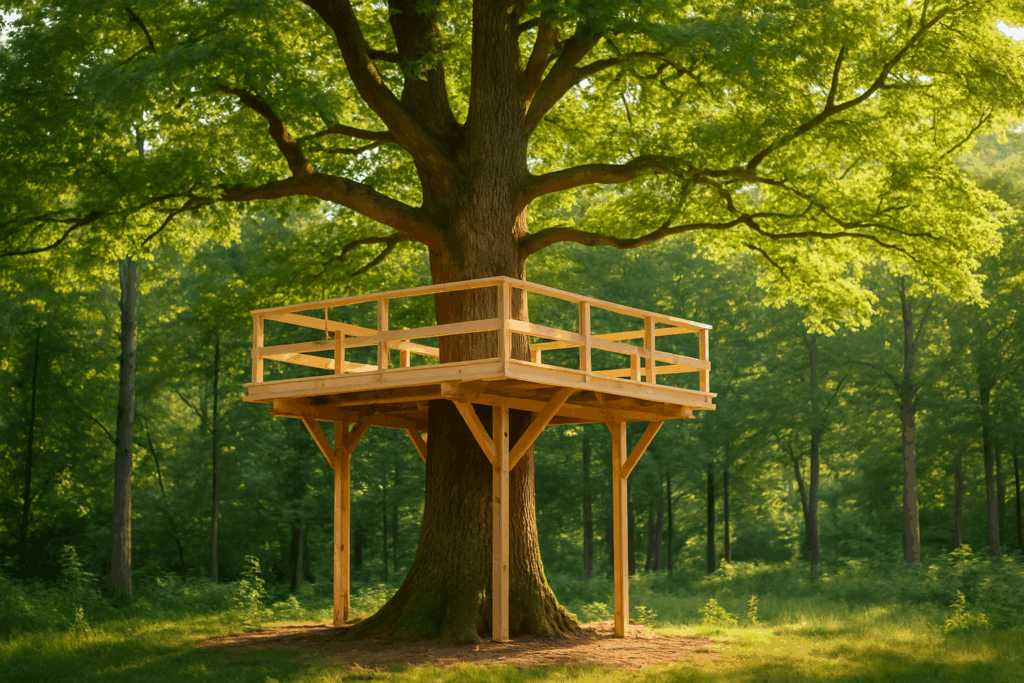
Recommended Treehouse Accessories from Amazon
Looking to bring your treehouse dream to life? Here are some highly rated essentials:
- 🛠️ Treehouse Attachment Bolt Kit – Secure and tree-safe.
- 🪜 Rope Ladder for Treehouses – Kid-friendly and fun.
- 🛡️ Treehouse Safety Railings – Adds protection and peace of mind.
- 🧰 DIY Treehouse Plan Kits – For a guided, structured build.
- 🌳 Tree Swing Accessories – Adds even more playtime to your setup.
Conclusion – Your Dream Treehouse Starts with the Tree
The best treehouse projects don’t start with blueprints—they start with nature. A strong, healthy tree is the most important foundation you can have. Take the time to inspect, research, and choose wisely. It’s not just about what looks good. It’s about safety, longevity, and creating a place you can truly enjoy for years to come.
FAQs About Choosing a Tree for a Treehouse
1. Can any tree support a treehouse?
No, only certain trees with proper trunk diameter, health, and root depth can safely support a structure.
2. What’s the minimum trunk diameter for a treehouse?
Ideally, the trunk should be at least 12 inches thick at the build height.
3. How do I protect the tree while building?
Use tree-friendly fasteners like TABs, avoid girdling limbs, and leave room for growth.
4. Should I use one tree or multiple?
Either works! One strong tree with support brackets can be enough, or use two to four trees for a larger, balanced structure.
5. Is it safe to build on a sloped tree?
It’s possible, but you’ll need to account for angles and weight distribution. Seeking expert guidance is encouraged.
